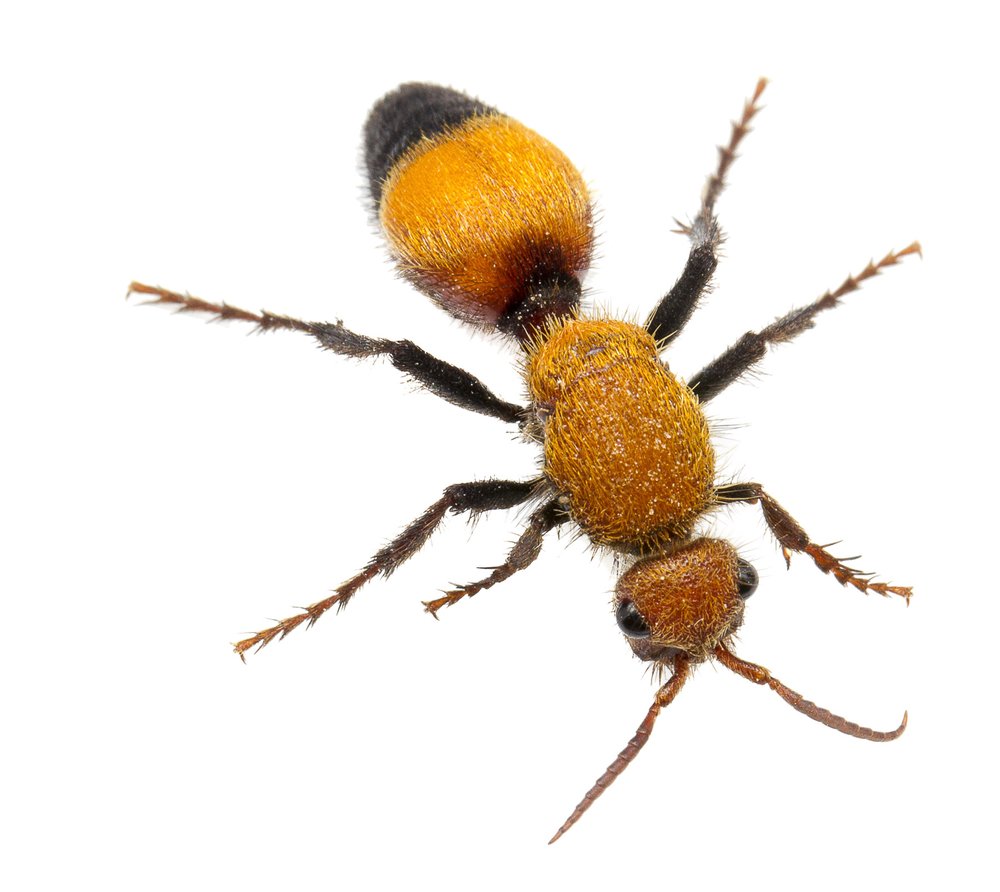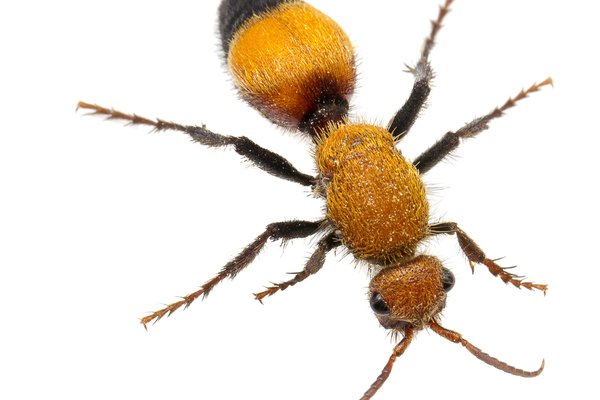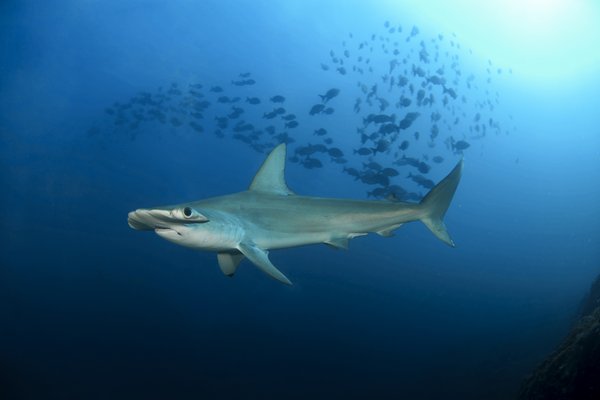Spotting a velvet ant feels like finding a gemstone. She shimmers with silky fuzz, and at nearly an inch long she’s big enough to pass for a fancy brooch. But museum rules apply. Look but don’t touch, because she bears another title, one earned by her nuclear sting — cow killer.
The first thing an insect enthusiast will tell you is that though the wingless females resemble ants, they’re actually wasps. The second thing you’ll learn is that they can’t really kill cows. But the female velvet ant’s flexible stinger is the longest of any wasp in the world, and it packs a knockout punch.
In his 2016 book Sting of the Wild, Justin Schmidt, who endured over 80 insect stings in the name of science, likened their particular flavor of agony to “hot oil from the deep fryer spilling over your entire hand.”
Luckily, these well-mannered belles have several layers of defense lined up before the gloves come off. The first is their lustrous coat of hairs, or setae, which come in a range of colors for any occasion. Some nocturnal species wear black, brown and rusty patchwork to blend in with leaf litter. In the Southwest, the pure-white thistledown velvet ant looks just like a tuft of cotton. Many others sport warning displays in stoplight red or habanero orange.
These colors work so well that velvet ants have evolved to mimic each other. A bird that snatches a cow killer won’t make the same mistake twice, and velvet ants that match their nearest relatives are more likely to put off a predator. This happy accident causes wasps to copy each other in circles, creating mimicry rings that span the continent. Some species resemble each other so closely that even experts struggle to tell them apart.
Velvet ants are more than walking puffballs. Underneath their setae lies a suit of armor.
Most wasps’ exoskeletons are jigsaws of hard plates. The velvet ant, however, has a fused exoskeleton. Her armor is forged without seams, meaning that under pressure it does not break, but bends. This allows the velvet ant to withstand enormous amounts of crushing force, which buys her precious seconds to announce herself with a loud, scratchy chirp — or to unsheathe her stinger and bring the pain.
All these layers of defense may seem like overkill, but a little wasp traveling alone can never be too careful. Unlike honeybees, velvet ants aren’t backed by the numbers of a hive or the security of a nest. They are solitary nomads. During the summer they can be spotted hiking around deserts, prairies and woodlands, seeking nectar, mates and places to lay their eggs.
Once a cruising male finds a female of the same species — and with tricky mimicry rings, this sometimes takes several tries — he sweeps her off her feet (he has wings but she doesn’t) and flies her to a safe place for a tryst. Afterward, the mated female sets off alone in search of bee or wasp burrows.
Velvet ants are parasitic parents. Similar to cowbirds, which lay their eggs in the nests of other bird species, velvet ant moms lay their eggs in the larvae of ground-nesting bees and wasps. When a nesting bee or wasp drops its guard, she sneaks into its underground tunnel, caches her eggs in a cell with a sleeping grub and seals the hole.
When an egg hatches, the velvet ant’s larva nibbles on its bunkmate for fuel.
When the time is right, young cow killer adults dig their way to daylight. Combing the dirt out of their sparkling new coats, the little jewels skitter off to enjoy sweet wildflower nectar. So, next summer, keep your eyes on the ground. You just might catch a glimpse of Texan treasure!









